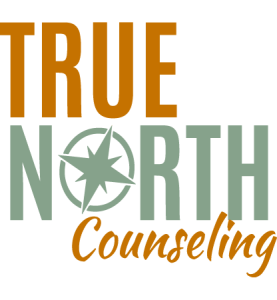How to Look Decades Younger | Healthy Aging Series: Part 15
There was a crooked man, and he walked a crooked mile, And he found a crooked penny and he had a crooked smile, He bought a crooked cat which caught a crooked mouse, And they all live together in a crooked little house. I remember the crooked man nursery rhyme. The image I got was…












